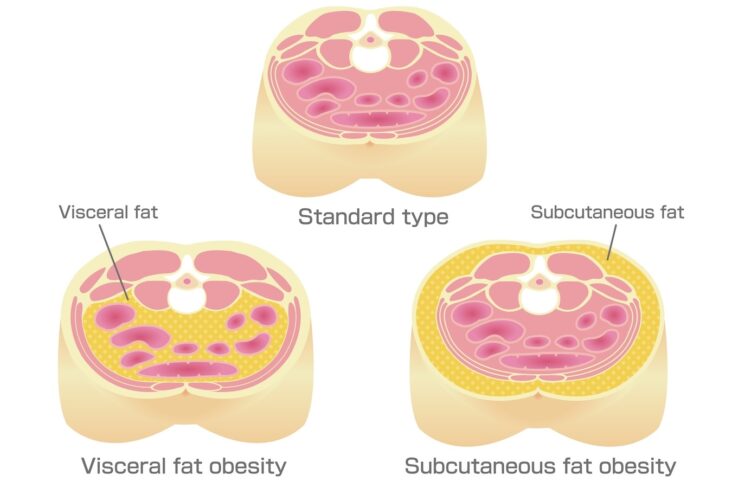Dietary Fats: From Villain to Vital Nutrient – Rethinking Fat in a Heart-Healthy Diet
Dietary fats have been wrongly maligned for much of modern nutritional history. But as the science evolves, it's clear that fat – far from being harmful – is a vital macronutrient that supports energy metabolism, hormonal health, brain and heart function, and even weight control.Rather than fearing fat, we should focus on:Avoiding refined carbohydrates and ultra-processed foods.
Prioritising whole food sources of fat, including nuts, seeds, dairy, eggs, fish, and healthy oils.
Understanding individual needs, especially in those with insulin resistance or carbohydrate sensitivity.
Viewing nutrition in context, rather than isolating single nutrients as heroes or villains.The time has come to move beyond fat-phobia and embrace a more nuanced, evidence-based approach to eating. In a balanced, whole-food diet, fat is not the problem — it’s part of the solution.











